Summary
- All For One evolves as a top-tier villain, showcasing depth and menacing presence throughout the series.
- All For One’s character design and voice acting enhance his villainous aura, making him unforgettable and chilling.
- All For One’s role in society’s collapse adds complexity, positioning him as a malevolent force in the series’ final arc.
|
Title |
My Hero Academia Final Season |
|
Director |
Naomi Nakayama, Kenji Nagasaki (Chief Director) |
|
Studio |
Bones |
|
Premiere Date |
2025 |
The following contains minor spoilers for My Hero Academia Seasons 1-7, now streaming on Crunchyroll.
It seems like the endings of big shōnen stories tend to live or die by the strength of the final bosses; the overpowered, nigh-insurmountable barriers between our heroes and victory. Now, My Hero Academia has spoiled viewers with an eclectic lineup of iconic villains, but credit to All For One – the series’ main antagonist – he has only gotten better the longer the anime has progressed.
Having debuted at the tail end of Season 1 as nothing more than an unsettling voice on the other end of a computer, All For One has spent the majority of the series behind bars. Yet not even the confines of a maximum security prison have prevented him from pulling the strings to orchestrate the downfall of society that came to fruition in seasons 6 and 7, to say nothing of his jailbreak.
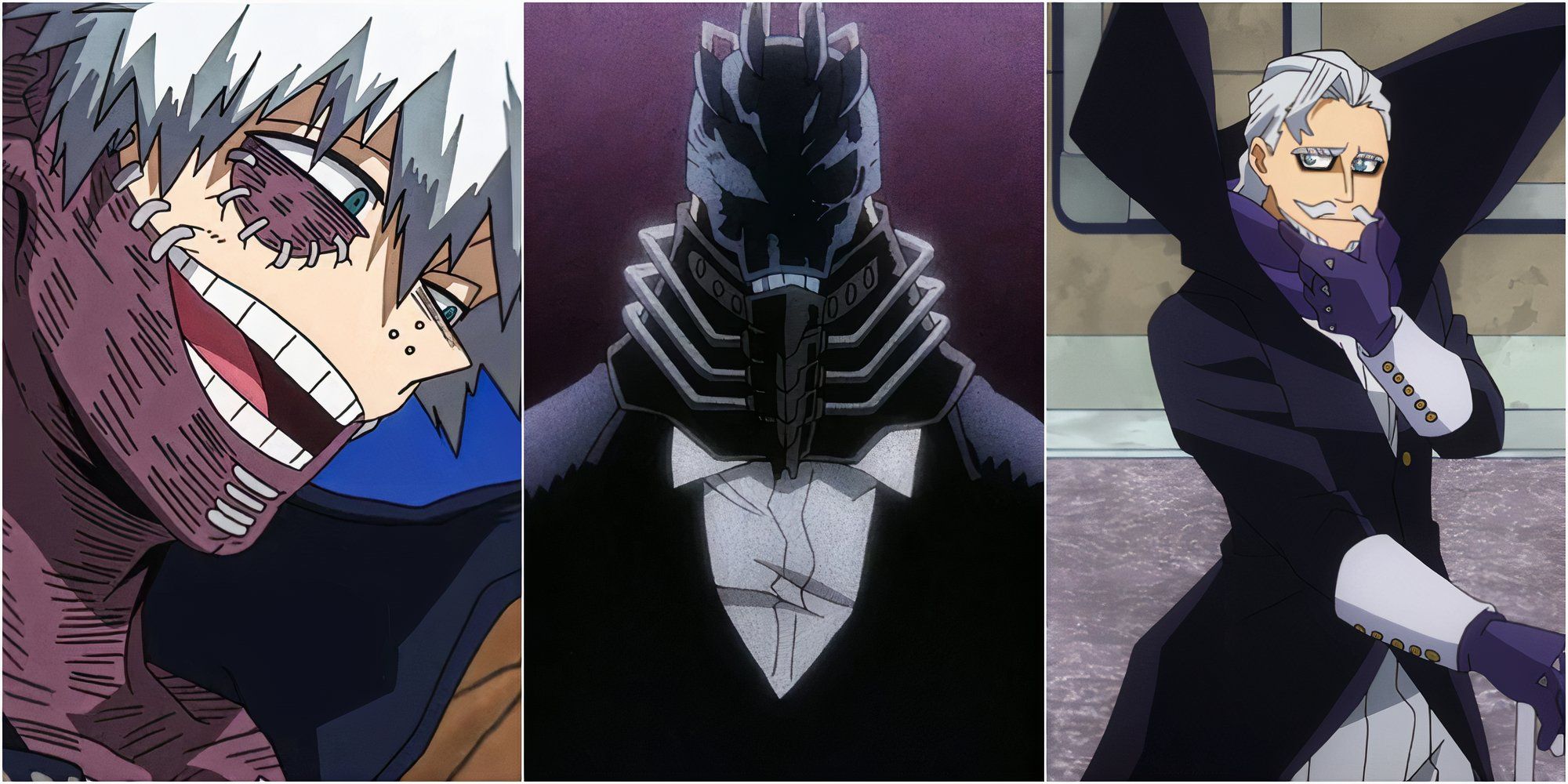
Related
My Hero Academia: All Major Villains, Ranked By Design
The My Hero Academia villains sure know how to show up in style, but which among them has the most eye-catching design of them all?
All For One’s Undeniable Aura
For much of the early seasons, All For One’s ambitions are obscured; alluded to but rarely articulated. This works, in part because All For One’s story is – at first – seemingly finished. He is the defeated foe from the end of a story we, as the audience, are not privy to outside the tales told second-hand by the supporting cast or first-hand by All Might. But this approach also lands largely because All For One is simply unforgettable.
From the start of Season 1, it will be some time before he is an active player in the narrative, but he must still have a presence; before we know him, we have to fear him. The Kamino incident from Season 3 is a perfect encapsulation of this approach. All For One’s theme isn’t simply intimidating, but operatic in its ominous glory. His attire is deceptively plain, but his build and the way he carries himself lets him tower above all others in a scene.
A Demon Lord in “Human” Form
His mask/breathing apparatus is the only touch needed to truly complete his costume – dapper and demonic in equal measure. Even without it, though, All For One embodies My Hero Academia‘s penchant for light body horror, with a completely burned face, robbed of every feature save for his mouth, and the grin it is perpetually shaped into. It’s a good thing the mouth was spared too, because before he had so much as stepped foot onto the stage proper, his voice was everything.
Akio Otsuka in Japanese and John Swasey in English equally lend All For One a grizzled and aged tone dripping with sadistic glee. Otsuka’s rendition, in particular, always sounds like he’s on the verge of breaking into a chuckle, tickled by the slightest obstacle that tries to get in his way. When it came time for All For One’s body to heal and get younger in Season 7, it was the smartest choice to cast Hiroshi Kamiya, an equally prolific actor with an equally captivating voice.
All For One’s Violent Legacy
What makes All For One a threat isn’t necessarily the same as what makes him a great villain. Sure, he possesses the power to steal quirks and bestow them on others, but for all the emphasis placed on it, the quirk “All For One” is only a narrative tool. A full arsenal of quirks is only the most logical necessity to deal with a highly capable ensemble cast of heroes. All For One’s true weapon – and how the audience becomes familiar with his villainy – is how he gets inside people’s heads.
As mentioned before, he was beaten once, but not without a cost. The very inciting incident of the narrative – All Might seeking someone to inherit One For All – wouldn’t exist were it not for how brutally All For One wounded him. Then, he turned Tomura Shigaraki, the other main antagonist, into a weapon to destroy society, a fate made infinitely more tragic by his relation to All Might’s own master. If that weren’t enough, All For One did the same to Endeavor’s son, Toya, by turning him into the villain Dabi. The fruits of his labors are carefully crafted torments for the heroes.
A Broken Society’s Final Boss
Ever since the Hero Killer arc in Season 2, My Hero Academia has been just as much about the failures of its society as it has espoused the virtues of heroism. So many of the villains are as compelling and even sympathetic as they are because of how the world failed them, but All For One is different. He is a malevolent sadist, and while he might not be solely responsible for society’s collapse, he is an opportunist poised to push the world to its utter brink.
There’s an idea that “good” villains should be the slightest bit relatable or sympathetic because it makes them more human, and creates a more complex moral quandary to chew on. It’s an effective approach to writing a villain, and there’s certainly a place for it, but it’s not the only way to give a villain depth. Sometimes, evil is just evil, and All For One is as classical of a final boss as one can get while still offering some nuance.
The Moment All For One Became The True Final Boss
Said nuance is not solely a byproduct of the larger context either. By the start of the Final War, All For One’s plan seemed clear enough. Simply put, it’s world domination – as typical and egotistical as a plot can be, but it’s the way he articulates it that makes all the difference. All For One wants to be the demon standing above all, not because he’d gain anything from dominion, but because – in simple terms – it would let him live rent-free in the mind of everyone beneath him.
In this world, with its infinite number of cultures and values, the action that makes everyone frown and hate you – it’s something that keeps people from the future they imagine for themselves. That’s why I’m going to keep everyone in the world from their futures.
In our review of Episode 150, I compared All For One’s aims to the way trauma affects people. When tragedy strikes, big or small, it makes it hard to imagine a future because the mind is locked firmly in the present. A person dealing with trauma feels as though they’ve lost authorship of their life, and that is the kind of dread that All For One intends to force upon the world. It’s a timely kind of villainy in an era where the world gives us many reasons to be uncertain about the future.
It’s for this reason, above all, that All For One is such a great villain in a story so fixated on generations and the march toward a brighter future. Such a pure dream is completely antithetical to a villain like that, which is going to make the coming battle all the more meaningful when My Hero Academia returns for its final season later this year.

More
My Hero Academia Season 7: Peak Fiction
With solid directing, impeccable artwork, and generational feats of adaptive flair, Season 7 is My Hero Academia at its absolute best.
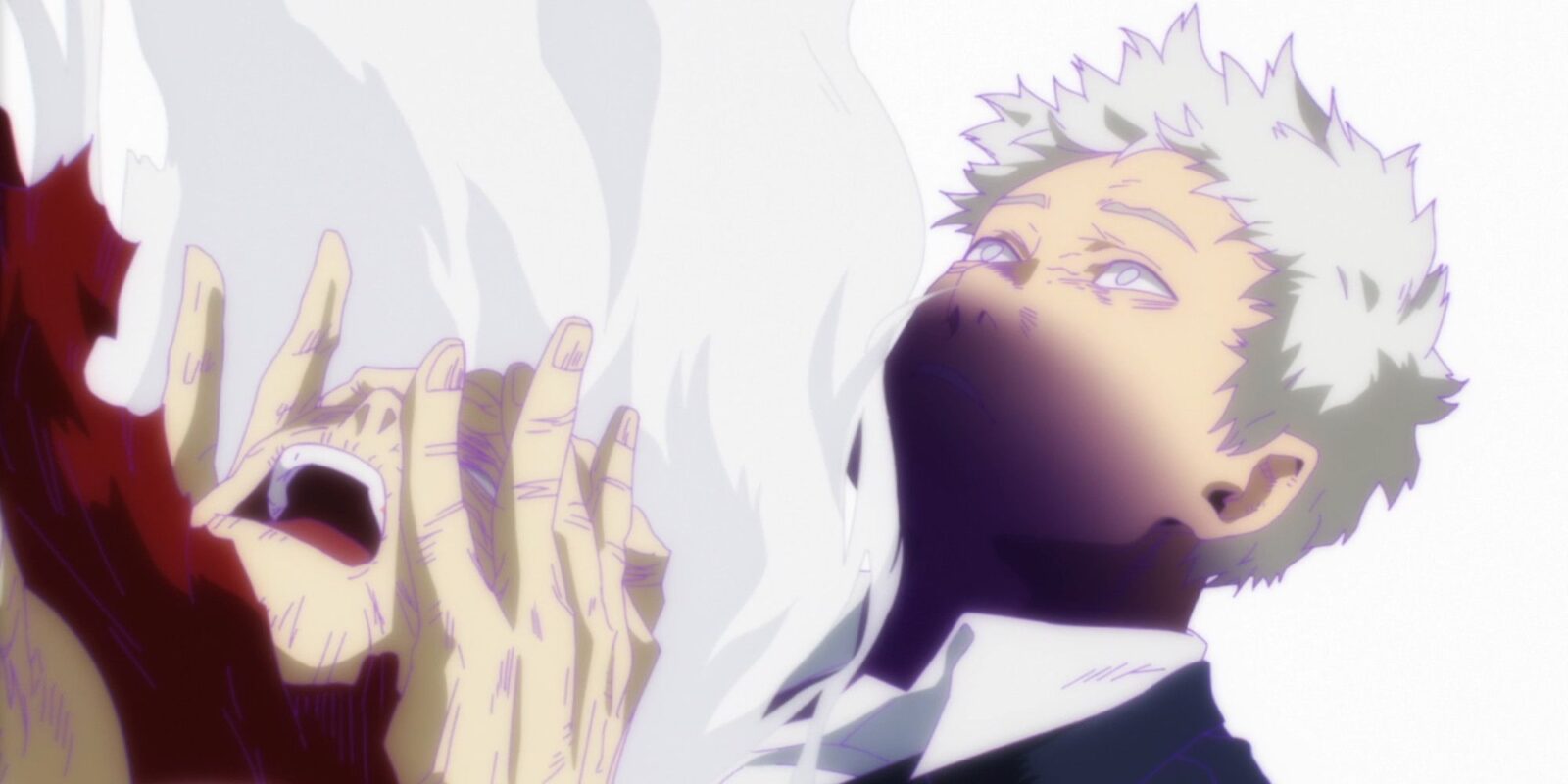
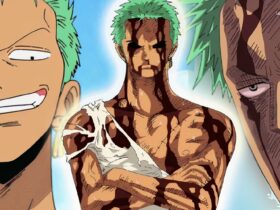
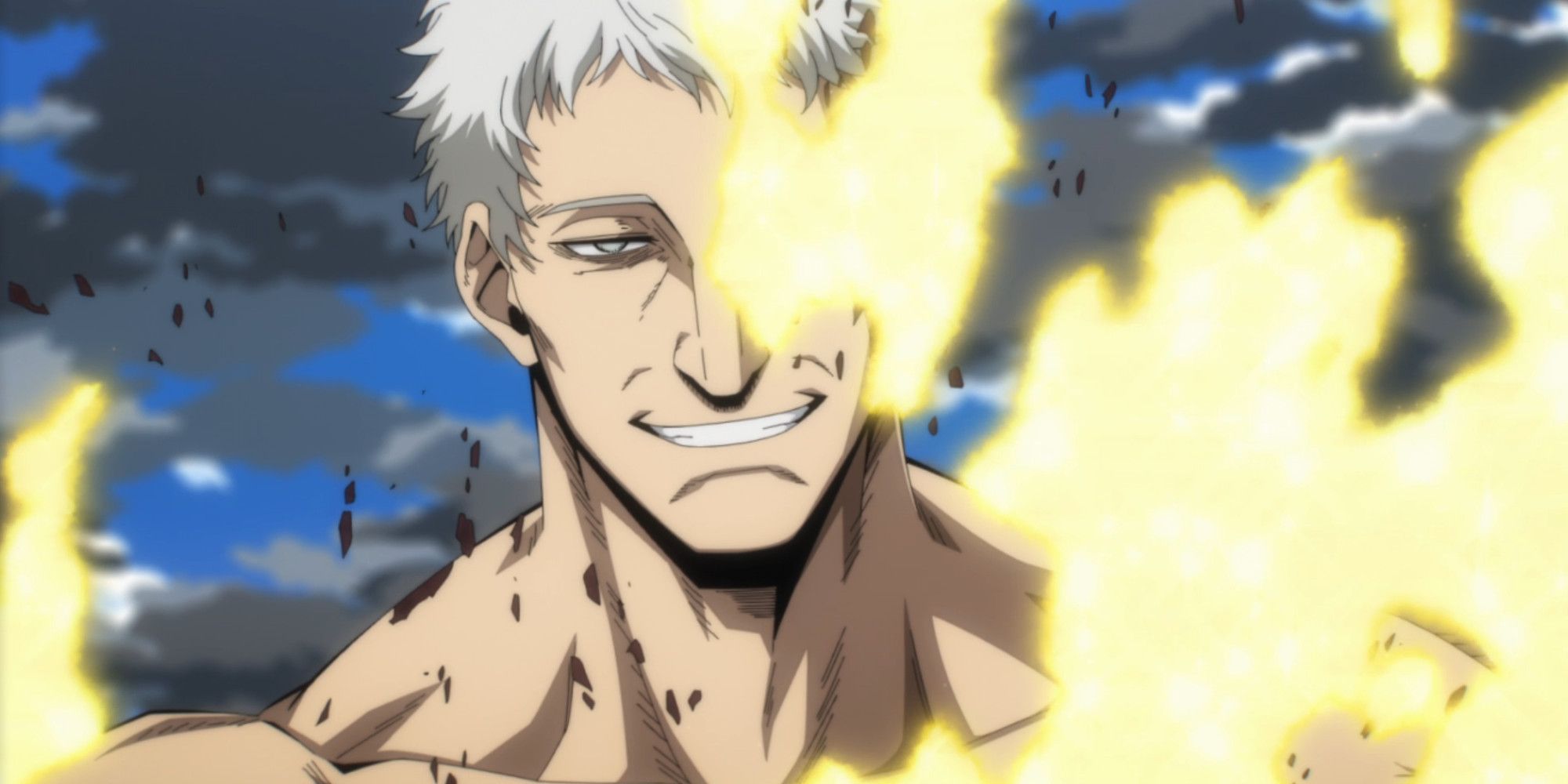
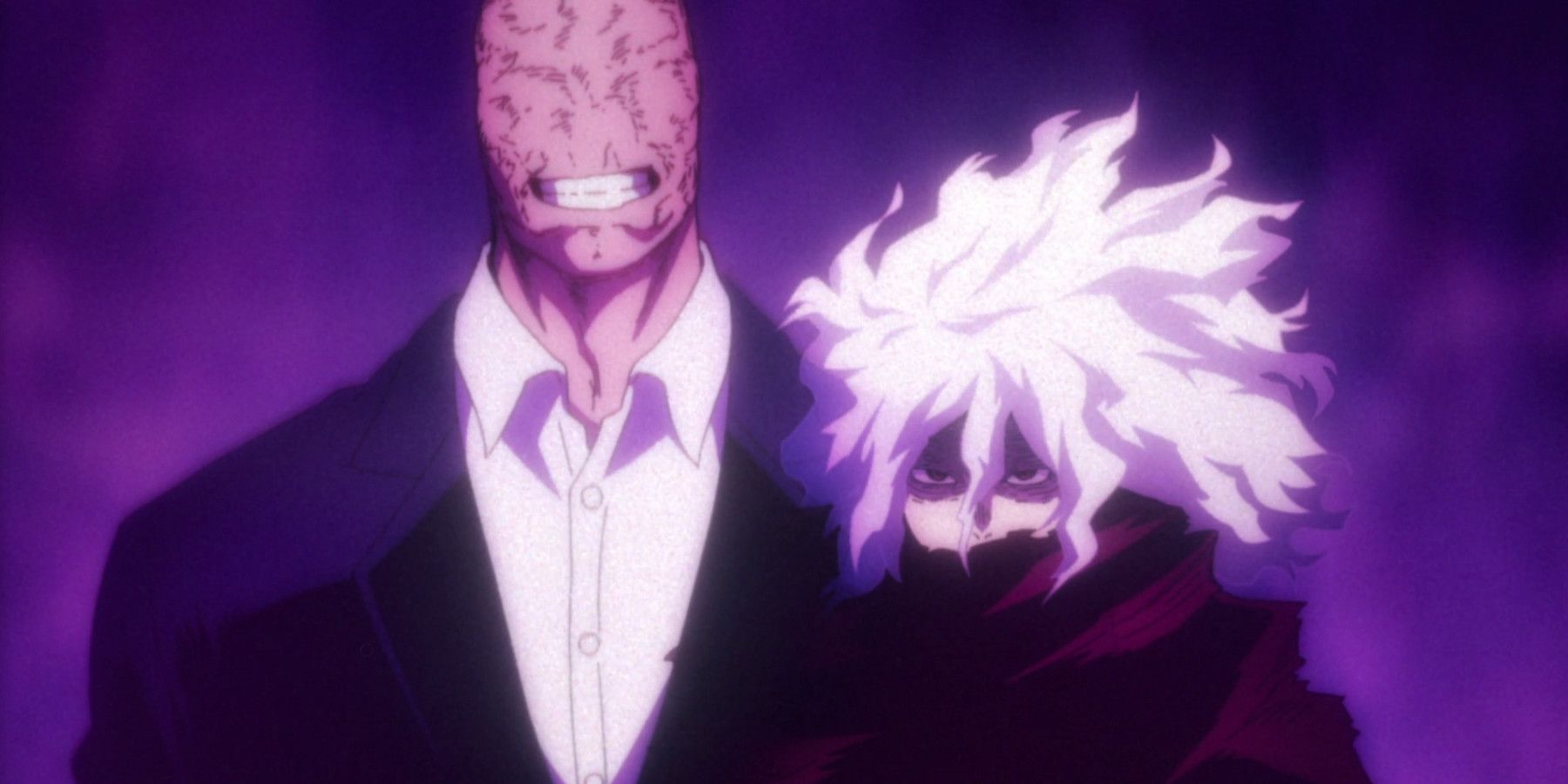
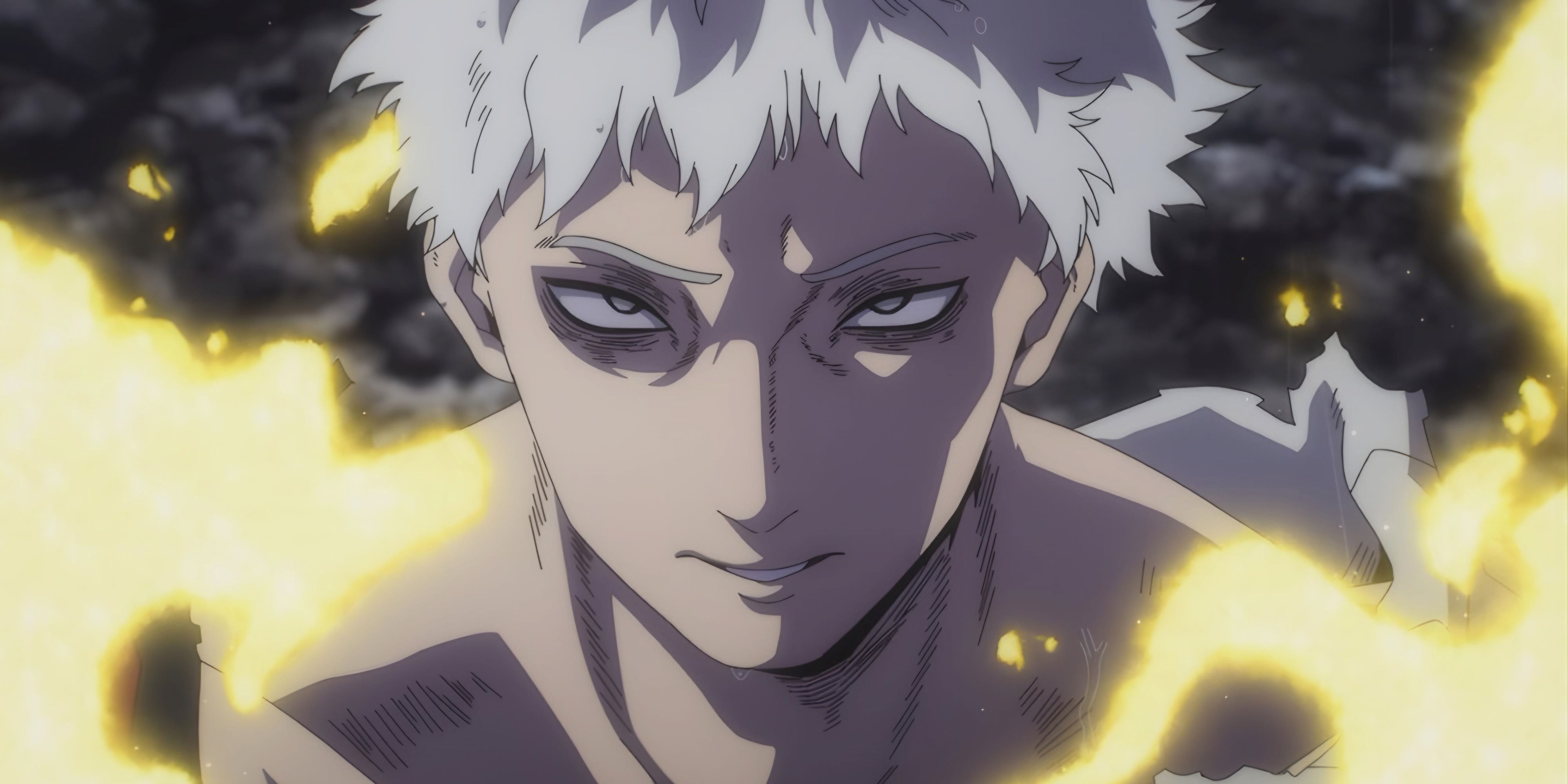
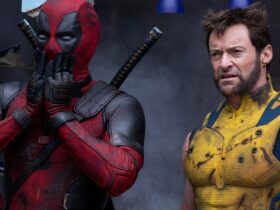
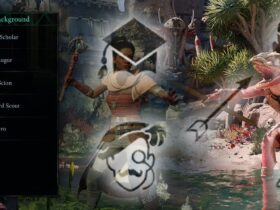
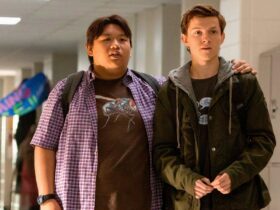

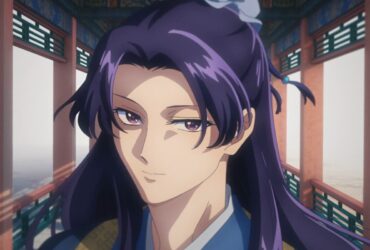
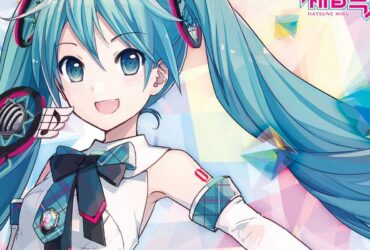
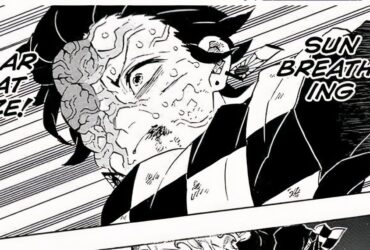
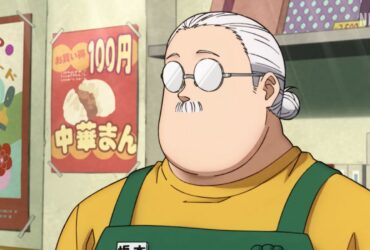
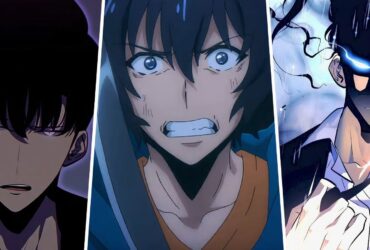
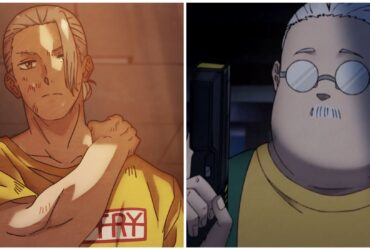
Leave a Reply